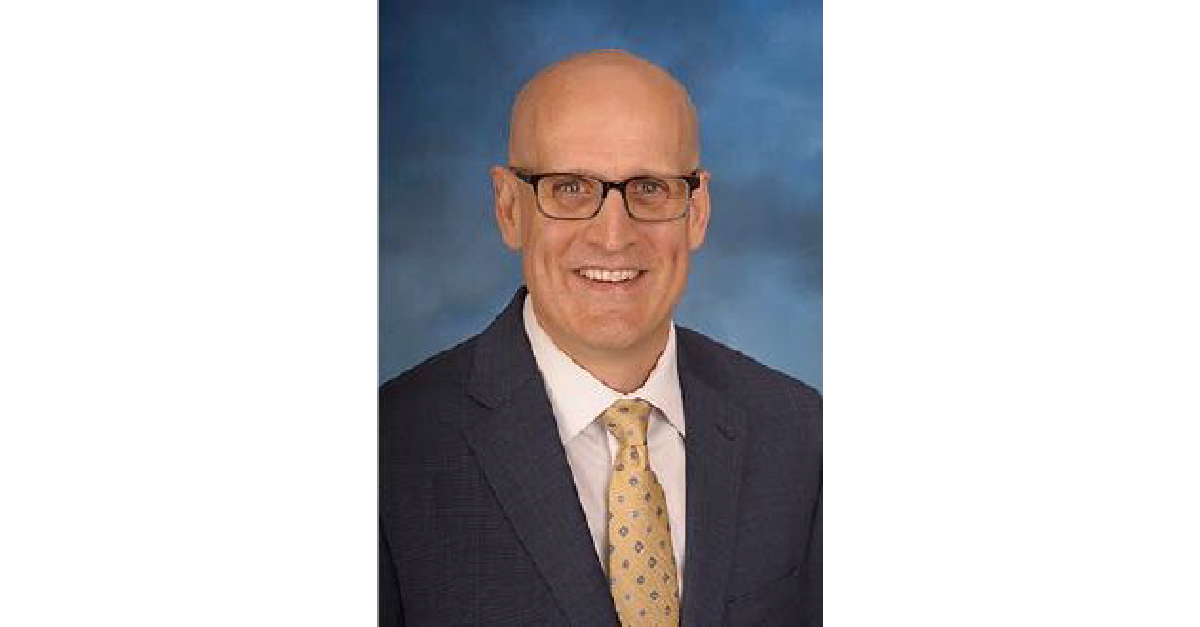TED talks are perhaps the pinnacle of Internet thought leadership. In a TED talk — the acronym stands alone now but previously served as an abbreviation for Technology Entertainment Design — a dynamic speaker delivers original ideas in a mashup of performance art and college lecture.
True to the form, actuaries Claudine Modlin, Roosevelt Mosley and Kevin Mahoney worked the stage, sharing anecdotes and provoking thoughts on the subject of innovation and actuaries. The three were panelists for “Technology, Entertainment and Design (TED) Talks: Innovation,” a general session at the 2015 Ratemaking and Product Management Seminar, held March 9-11 in Addison, Texas.
First up was Modlin, a Fellow of the CAS and leader of global professional services company Towers Watson’s property/casualty pricing and product management team in the Americas. She described how actuaries can foster innovation.
In short: Being innovative is not something you’re simply born with; it has a process.
Insurers, like any business, need to remain relevant to a world that is changing quickly around us. “We want to be innovative like Netflix, not Blockbuster,” Modlin said.
Modlin posited that the first step in the process of innovation, understanding the problem, may be the hardest.
Usually actuaries are not asked to solve a problem, Modlin stated. They are asked to create a model that describes a problem; they need to zoom out to make sure they understand the entire problem, not just the portion of it that they are asked to address.
Modlin recommended that actuaries observe the people for whom they are creating analytic solutions — for example, the underwriters who will accept or reject risks, or the claims representatives who will manage a claim. The practice of close observation mimics the Japanese engineering concept of Genchi Genbutsu. Translation: “Go and see,” as in go and see what is happening before developing models to describe it.
“Observe that neighborhood as if you are a tourist,” Modlin said. Once you understand the full context, you’re much more likely to create a robust solution.
Finding solutions is the next step in the process. Solutions may well come from another field, or another industry. Around 15 years ago, she said, Progressive Insurance was looking for ways to quote insurance online. The company wanted to get customers to trust the online quote.
They found a solution in the practices of a non-insurer. Dell Computer would suggest a particular computer model based on customer inputs, quote a price for that computer, plus offer quotes for a more expensive version and a cheaper one. The insurer followed that idea.
“Someone must have gotten a computer from Dell and been inspired by that experience,” she said.
Modlin recommended brainstorming, making sure that each new idea builds upon a prior idea — and at the initial stage there are no bad ideas. She recommended finding both mentors and reverse mentors, the latter being techno-savvy people who can introduce new technology to older workers, or as Modlin put it, “Teaching the pope how to tweet.”
The final stage is execution.
Innovators build prototypes, learn from them and refine them. Actuaries need to resist the urge to always work start to finish aiming to get things right the first time. There are many opportunities for actuaries to support experimental design and iterative learning — in pricing, underwriting and distribution management.
Actuaries can create a culture that fosters innovation, Modlin said. They should help others around them to adopt a “growth mindset,” which emphasizes that hard work and dedication can expand one’s abilities.
“Each of us can be an innovator,” Modlin said. “You don’t have to be the next Steve Jobs or Elon Musk. You just have to be willing to flex your innovative muscle.”
The second speaker, Mosley, a CAS Fellow who serves as principal and consulting actuary at Pinnacle Actuarial Resources and leads their predictive analytics practice, focused on innovation opportunities that have been missed in the past – and the necessity of taking advantage of opportunities like these in the future.
Mosley talked about two missed opportunities: generalized linear models (GLMs) — the complex mathematical equations that changed the way insurance is priced — and usage-based insurance. U.S. companies adopted GLMs in the 2000s, though they had been common in Europe and the United Kingdom a decade earlier. In addition, actuaries have not historically been in the forefront of encouraging early adoption of UBI.
Innovators build prototypes, learn from them and refine them. Actuaries need to resist the urge to always work start to finish aiming to get things right the first time.
The question: Why didn’t U.S. insurers innovate in these areas earlier?
To address this, Mosley pointed to three mindsets that innovators have.
First, they don’t focus on thinking of new things. (That’s creativity.) Innovators focus on doing new things. GLMs were not new when the Europeans adopted them, he said, but were written about for years in statistical literature.
Second, as Mosley noted, innovators iterate their way to success: Experiment, fail, assess and repeat.
Third, innovators turn big data into big wisdom. On Twitter, Mosley said, “people are sharing details of their lives [for] free on the Internet for anyone to see.
“That information can give us information on what programs to develop and what to do to improve.”
Actuaries can also apply their knowledge outside of traditional insurance, he said, citing actuarial applications in sports statistics and ridesharing.
“Being an actuary teaches you to think about problems in a particular way,” Mosley said. In a sense, the risk aversion instilled in actuaries is itself valuable, he said, as it leads to “creating ways to get around that risk and move innovation forward.”
Mahoney, a Fellow of the CAS and vice president of analytics and research at The Travelers Indemnity Company, focused his presentation on a modest person who created a major innovation: Charlie Ward.
Ward was the software engineer who realized that offering free shipping would incent people to buy more. From this innovation, Amazon Prime was born. About 40 million households have signed up to date.
Though it has been around for about two decades, Amazon remains an innovator, Mahoney said. Amazon Prime relies on the economic principle of complementary products — one product is used to drive demand for another related product. In this case, by selling “free” shipping, Amazon creates demand for all of the other products it sells.
Insurers do that, too, Mahoney noted, with most insurers bundling homeowners and personal auto policies. He pictured a world in which insurers reach outside their products to find complements that would drive demand for insurance.
In his TED-style talk, Mahoney imagined a scenario set five years ago in which two people were in the right place at the right time: Two insurance people leaving a West Coast bar are waiting to catch a cab.
But there is no cab.
Inspiration strikes. Wouldn’t it be great to hail a cab using a smartphone?
Actuaries can play a critical role in innovation, but they have to get past the stereotypical idea that actuaries need historical data to project the future.
This scenario did occur, but it happened to two non-insurance people: They created Uber, a company worth, by one recent estimate, $40 billion.
Had those two people worked for insurance companies, Mahoney said, they would have instantly seen the insurance possibilities:
- Tailor insurance policies to the unique exposure drivers present. (They operate a personal auto sometimes and a commercial auto others.)
- Telematics: Use the app to track and price insurance for drivers.
- Branding opportunities: Have companies sponsor the app.
Looking back, the idea of ridesharing is hardly complex, Mahoney said. Tech people thought of it because their culture embraces innovation.
Actuaries can play a critical role in innovation, but they have to get past the stereotypical idea that actuaries need historical data to project the future, he said.
Like Charlie Ward, the Amazon software engineer, “We can be agents of change,” Mahoney said. “But we have to be willing to change first.”
“Actuaries are the software engineers of insurance,” Mahoney stated. “It’s people like us who come up with great innovations, people who have a deep understanding of their businesses.”
“Who will be the next Charlie Ward?” Mahoney challenged. “Who will be the actuary in the right place at the right time?”
“Will it be you?”
James P. Lynch, FCAS, is chief actuary and director of research and information services for the Insurance Information Institute in New York.












